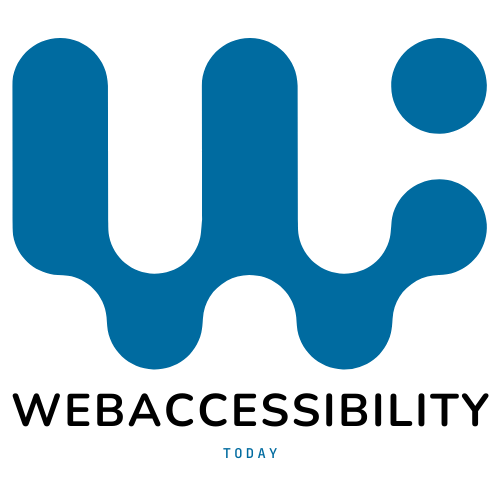Web Accessibility Icons: Enhancing Inclusivity in the Digital World
Web accessibility is not just a best practice; it’s a moral imperative. As the digital landscape evolves, so does the importance of making online content inclusive for all users, regardless of their abilities. One crucial element in achieving this inclusivity is the use of web accessibility icons. In this article, we’ll explore the significance of web accessibility icons, how they promote inclusivity, and which icons are commonly used to ensure that your website is welcoming to everyone.
The Power of Web Accessibility Icons:
-
Visual Communication:
- Web accessibility icons serve as visual cues, conveying information to users with diverse needs.
- They bridge language barriers and make content more universally understandable.
-
Quick Identification:
- Icons offer instant recognition, allowing users to identify accessible features or content.
- This speed of recognition enhances user experience.
-
Promoting Awareness:
- The presence of accessibility icons on your website promotes awareness of web accessibility issues.
- It signals your commitment to inclusivity and sets a positive example for others.
-
Navigational Aid:
- Icons can guide users to accessible features, making it easier for them to find and use accessible content.
Common Web Accessibility Icons:
-
Wheelchair Icon:
- The wheelchair icon represents accessible facilities, pathways, and services for individuals with mobility impairments.
- It signifies that these areas are designed to be wheelchair-friendly.
-
Screen Reader Icon:
- The screen reader icon depicts a pair of glasses and a braille symbol.
- It signifies content that is optimized for screen readers, making it accessible to users with visual impairments.
-
Captioning Icon:
- The captioning icon typically displays a “CC” symbol.
- It indicates that video content has closed captions, ensuring accessibility for users with hearing impairments.
-
Keyboard Icon:
- The keyboard icon often features a computer keyboard.
- It represents content that can be navigated and interacted with using keyboard inputs, which is essential for users with mobility or dexterity impairments.
-
Universal Accessibility Icon:
- The universal accessibility icon combines various disability symbols into one.
- It signifies a commitment to overall web accessibility and inclusivity.
Implementing Web Accessibility Icons:
- Place icons strategically next to accessible features or content.
- Ensure that the icons are easily distinguishable and have alt text for screen reader users.
- Use a consistent style and color scheme to maintain clarity.
Conclusion:
Web accessibility icons are more than mere symbols; they are powerful tools in fostering a more inclusive online environment. By incorporating these icons into your web design and content, you contribute to a digital world where everyone can access and engage with online information equally.
For more information on web accessibility and tools to enhance inclusivity, visit webaccessibility.today. Empower your website with the universal language of web accessibility icons.





